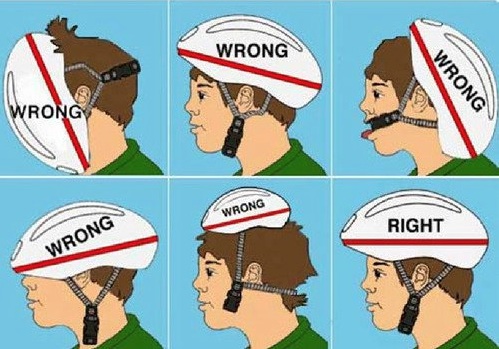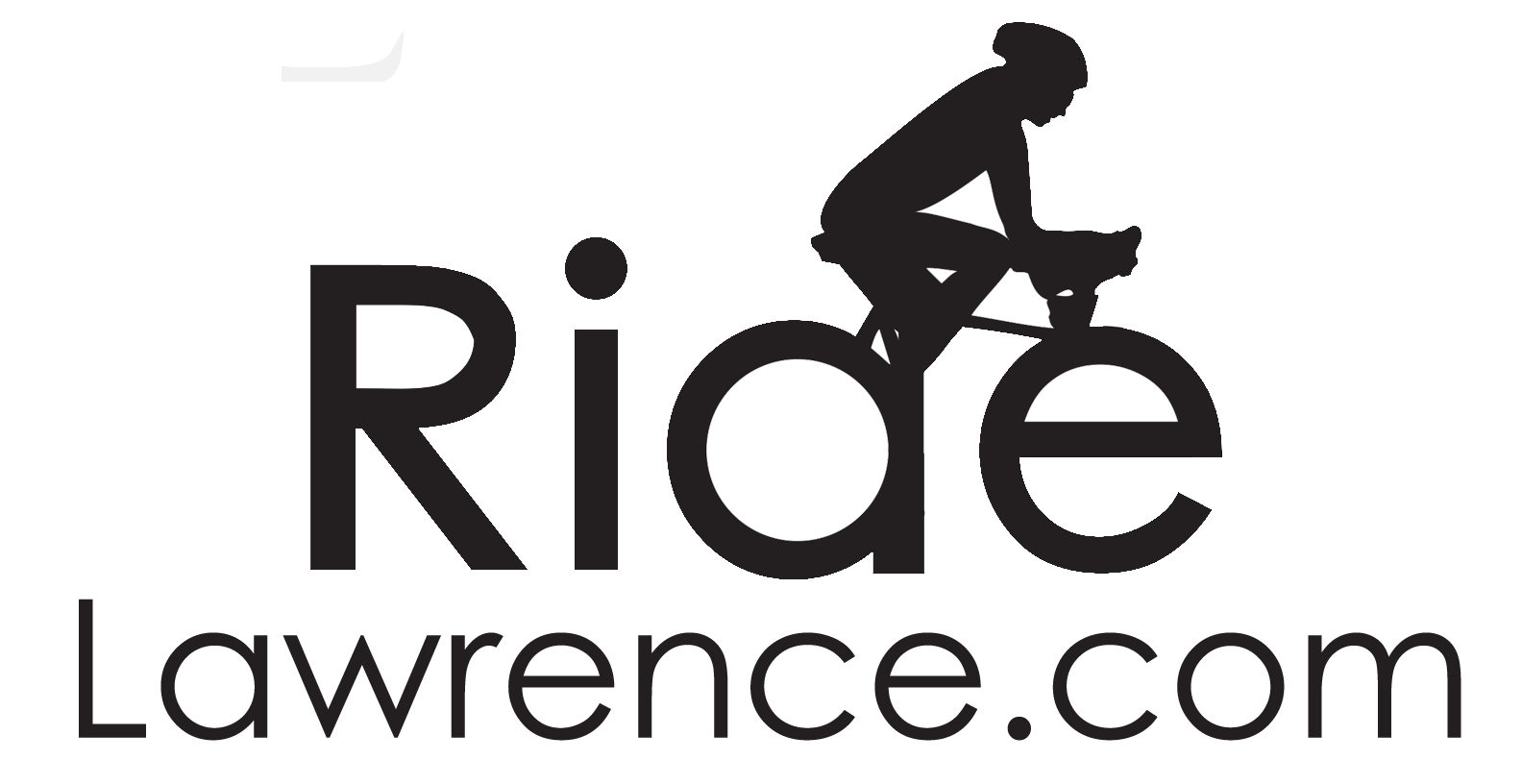(This is a repost from the Blog I Love Bicycling)
How To Fit a Bike Helmet
 Getting the right helmet fit is imperative to your safety. Wearing a poorly fitted helmet is almost just as bad as not wearing one at all. A good fitting helmet worn properly will not only help to protect you in the event of a crash but also looks good. There are a few things to know when buying a helmet as well as when wearing it.
Getting the right helmet fit is imperative to your safety. Wearing a poorly fitted helmet is almost just as bad as not wearing one at all. A good fitting helmet worn properly will not only help to protect you in the event of a crash but also looks good. There are a few things to know when buying a helmet as well as when wearing it.
Find Your Size
There are two ways to find the right size helmet for your head. The first is measuring the circumference of your head just above your ears. This number, ranging from about 50 to 60 centimeters for the average adult, correlates with different sized helmets. Try the one on where your circumference falls in the range of the helmet size, typically labelled on a sticker on the inside of the helmet.
The second way to find the right size, provided you have an assortment of sizes to choose from, is to just try them on and see how much space is between your head and the helmet. With both methods you don’t want any more than one to two fingers to be able to fit in-between the helmet and your head.
If there’s too much room your head will actually be knocked against the inside of the helmet in the event of impact which can also cause injury. If there’s not enough room, the helmet simply won’t be comfortable and will likely sit too high on your head not protecting you as well as it should.
How to Wear Your Helmet
Now that you have the right sized helmet you need to make sure that you are wearing it properly. Most of today’s helmets are going to have an adjustable mechanism in the rear of the helmet to cinch down the inner retention system to your head. This is going to keep the helmet from moving around.It shouldn’t be overly tight but also shouldn’t be too loose. You should be able to grab a firm hold on the helmet and not have it slide around your head.
The helmet should also be worn in a level position with the front falling no more than one to two finger lengths above your eyebrows. If it’s too far up and more on the back of your head, it won’t protect the front of your head in the event of a fall. If it’s too far forward, you won’t be able to see for one as it will be in your eyes, but it also won’t protect the back of your head.
Adjusting the Buckles
The final but just as important step to making sure your helmet fits properly is to have the straps and buckle positioned correctly. With a new helmet this can often be a challenge as there are four straps that need to be aligned and positioned well to be comfortable as well as safe.
The first step is to release the adjusting plastic pieces on the sides of the helmet. These slide up and down the straps and can be locked in place to hold the strap where it’s supposed to be. Put the helmet on your head and slide the piece up so it falls just below your ear making a Y with one strap going in front of your ear and the other behind. Lock the plastic piece down in place. Then do the same on the other side so it’s even.
Now you need to make sure the buckle is centered under your chain. If the receiving piece of the buckle is too far one way or the other you are going to have to loosen or tighten it by pulling the strap up through the rest of the helmet. This will also move the plastic adjusters on the sides so you may have to readjust them. Once this is centered under your chin, you can then pull the straps tight so they’re snug but not overly tight when the buckle is clipped.
Depending on how much extra strap is left over you can tuck it into the rubber piece that is on most helmets to prevent the strap from dangling. If you do need to shorten the strap, use a pair of scissors and cut accordingly. The real trick comes in taking a lighter and singing the end of the cut piece so it doesn’t fray.
Wearing a helmet is imperative when riding a bike and almost just as imperative is wearing a helmet that fits properly. Getting the right sized helmet for your head along with properly adjusting it will help to ensure that the helmet does its job when the time is less than ideal, i.e. when you have a fall. Your head is much safer and you have the piece of mind that your head is taken care of while wearing a helmet.



